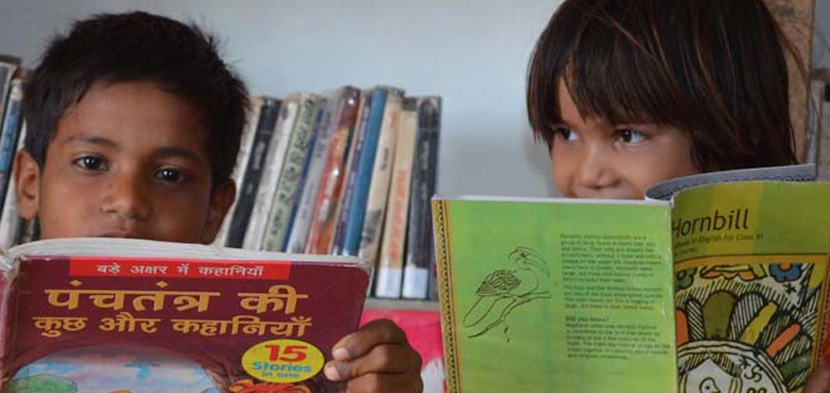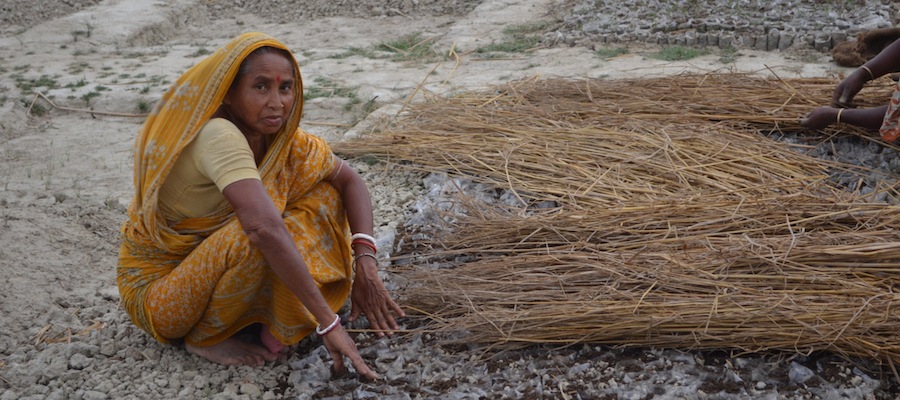
1 Inequality between the wealthiest and poorest people on the planet is shocking. Just 85 people have the same amount of money as almost half of the global population. Imagine what could happen if the world spread the wealth – just $1 a day could double a person’s income.
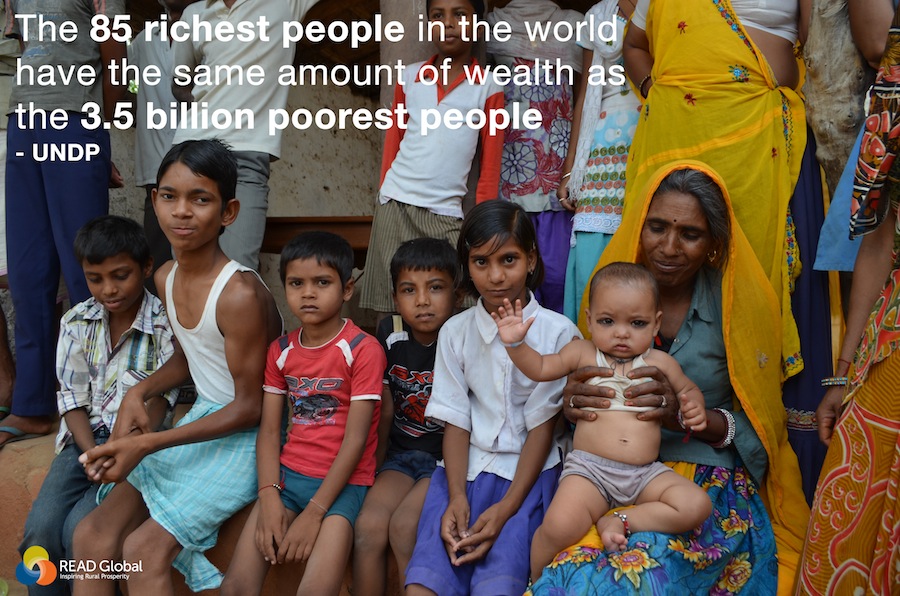
2 1 in 4 children in the developing world live below the poverty line, preventing them from doing the things most kids want to do. Instead, they are often forced to drop out of school to help their families with farm and housework.
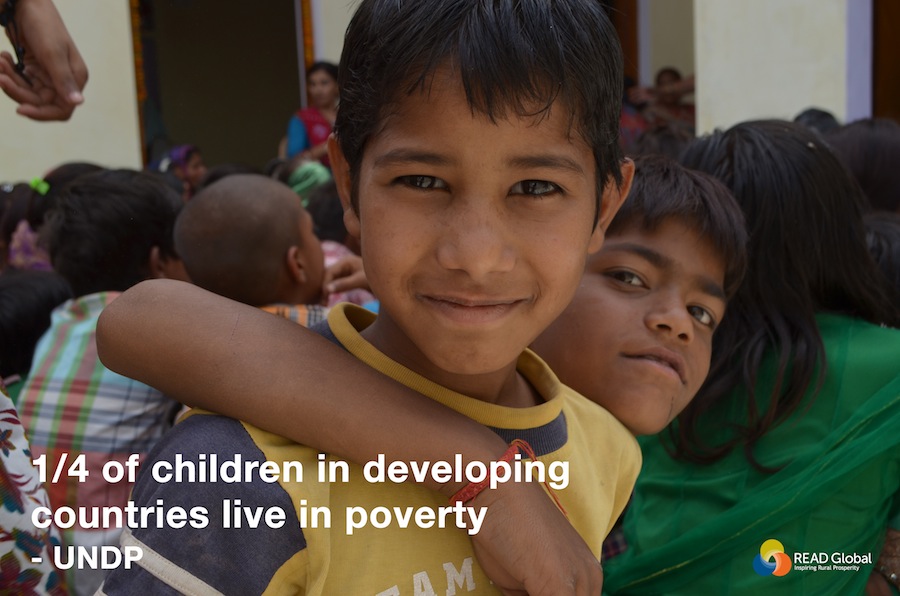
3 When most people think of poverty, they imagine someone begging on a sidewalk in a city, or families living in slums. But 75% of poor people in the world actually live in rural villages, living day to day and farming barely enough to feed their families.
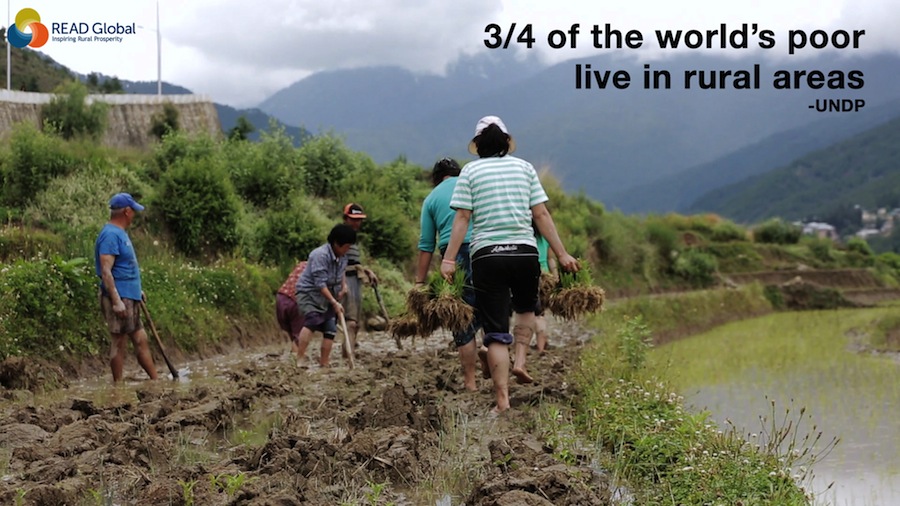
4 Most people think that a large majority of the world’s poor is in Africa. But in fact, 44% of the world’s total poor live in South Asia (533 million people). Within South Asia, two-thirds of people live in extreme poverty, living on less than $2 a day.
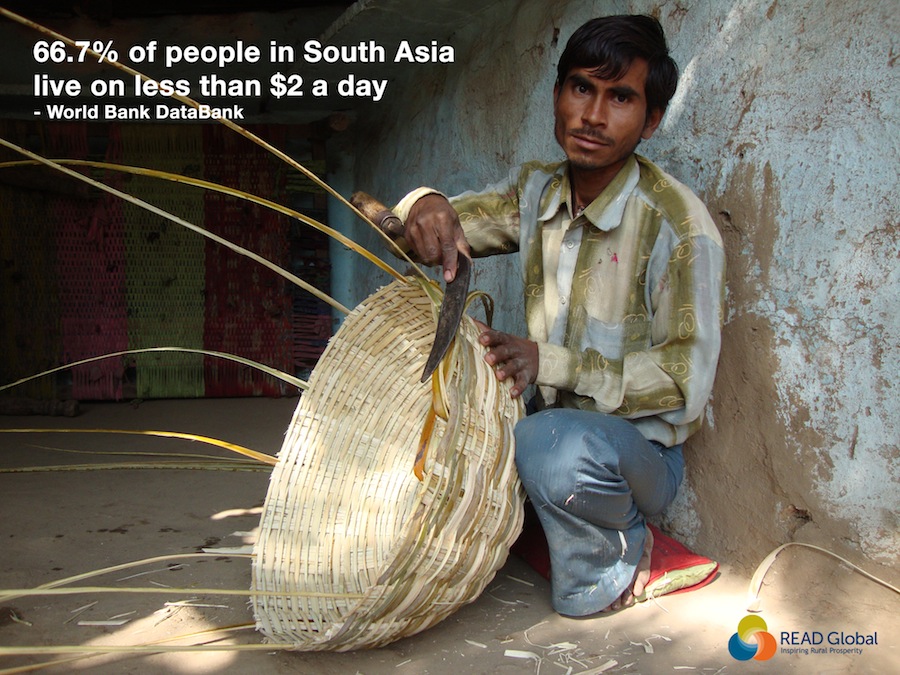
5 Imagine what it would be like if half of the women in your family couldn’t read: maybe your mom, your sister, or even you. This is reality in South Asia, where 50% of women cannot read or write, making it extremely difficult to get a job to help lift their families out of poverty.
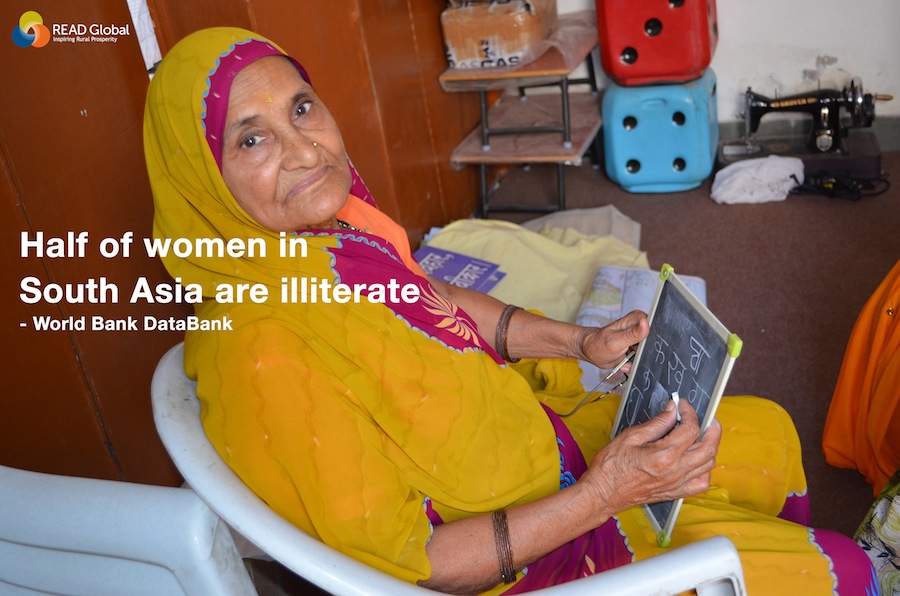
6 Almost 1/3 of people in India live in extreme poverty on less than $1 a day. Imagine if instead of buying a song on iTunes, you gave those 99 cents to a villager in India – it would almost double her income for the day.
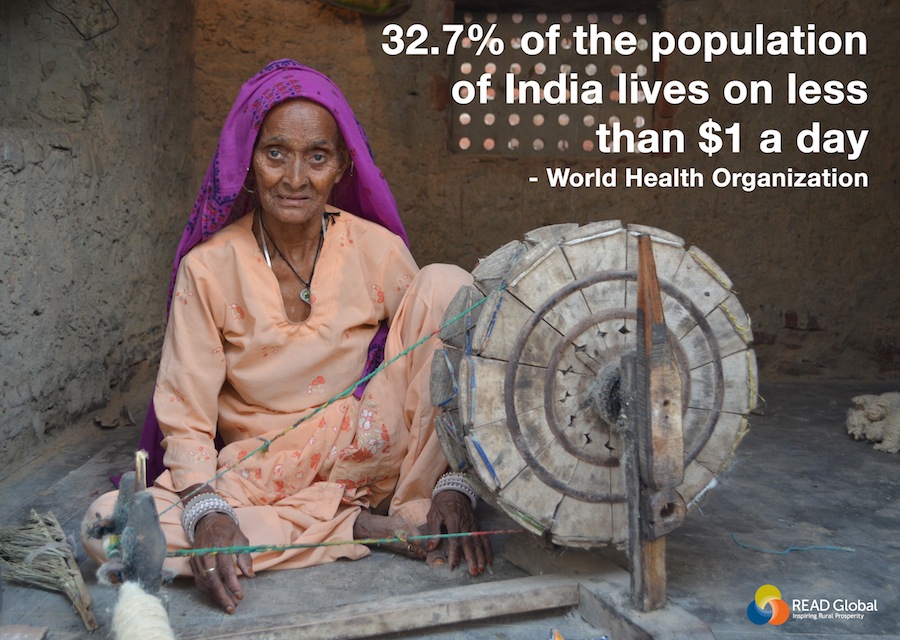
7 In rural India, ¾ of women do not work, often because they are expected to stay in the home and not pursue their own careers. If a large portion of half of the population is not allowed to participate in the labor force, it is not surprising that a third of the population lives on less than $1 a day.
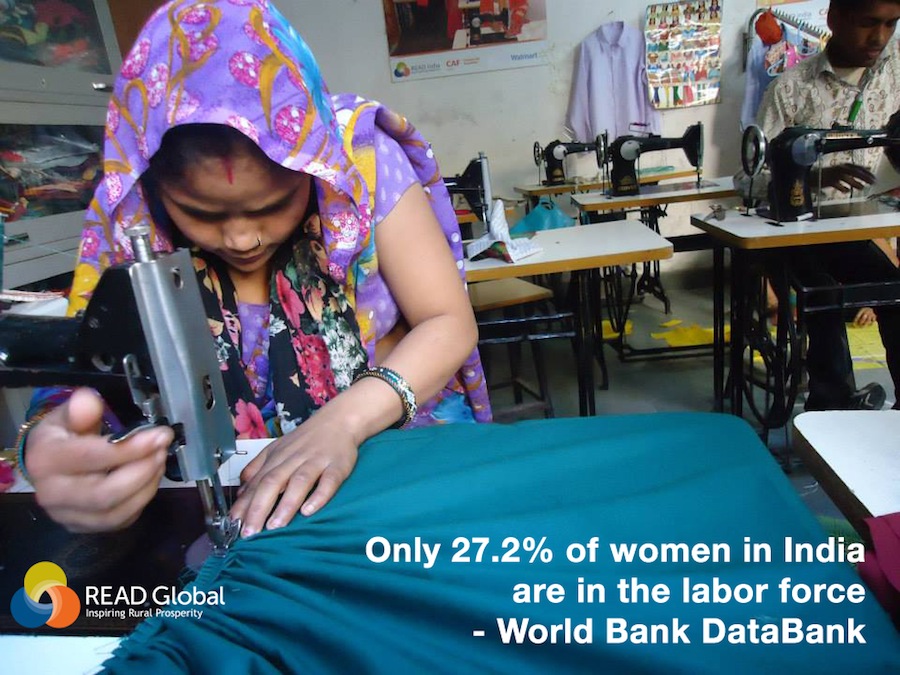
8 Many areas of mountainous rural Nepal have no electricity, which means no way to cook food or heat homes without firewood. Women are given the task to bring back firewood each day, spending 3-4 hours collecting wood when they could be working, taking care of their families, or going to school.
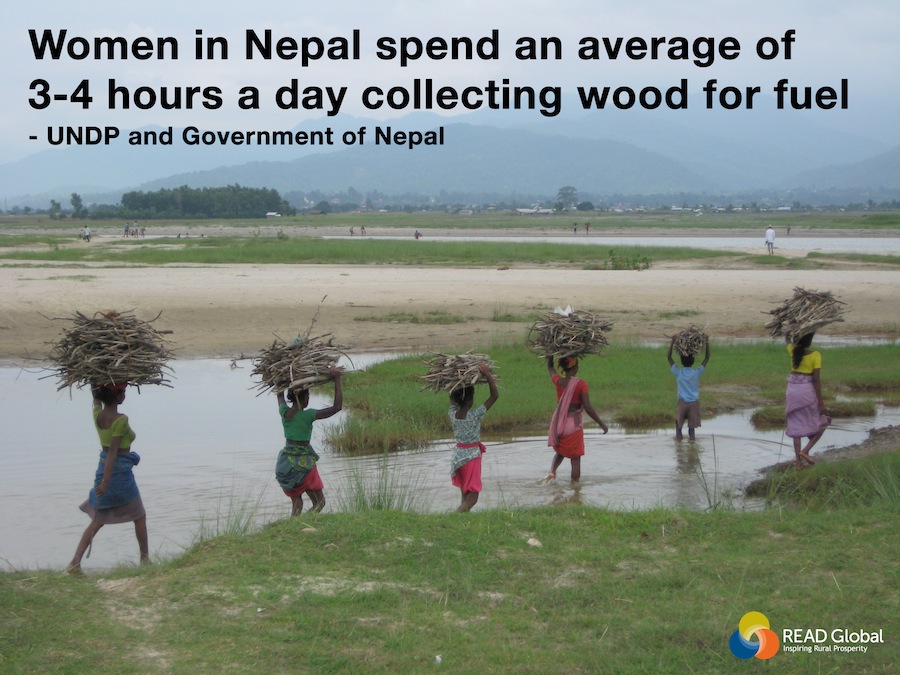
9 Over half of Bhutanese women are illiterate – they cannot read to their children or promote a culture of reading in their families. Their job prospects are limited to working on the family farm or in the home.
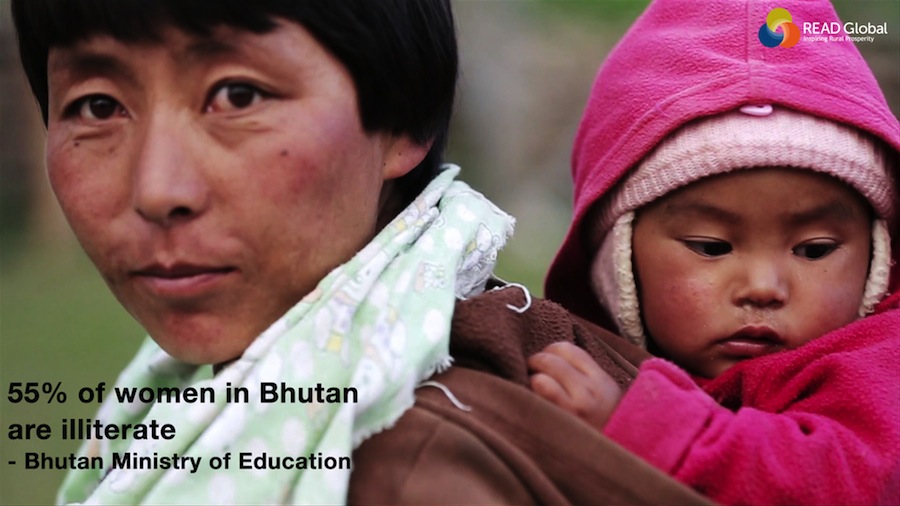
10 Information and knowledge are critical to the empowerment of communities, yet around 89% of people in Nepal do not have access to the Internet and are cut off from the outside world. In today’s increasingly globalized job market, computer skills and Internet access are crucial to improving the economic situation of those in poverty.
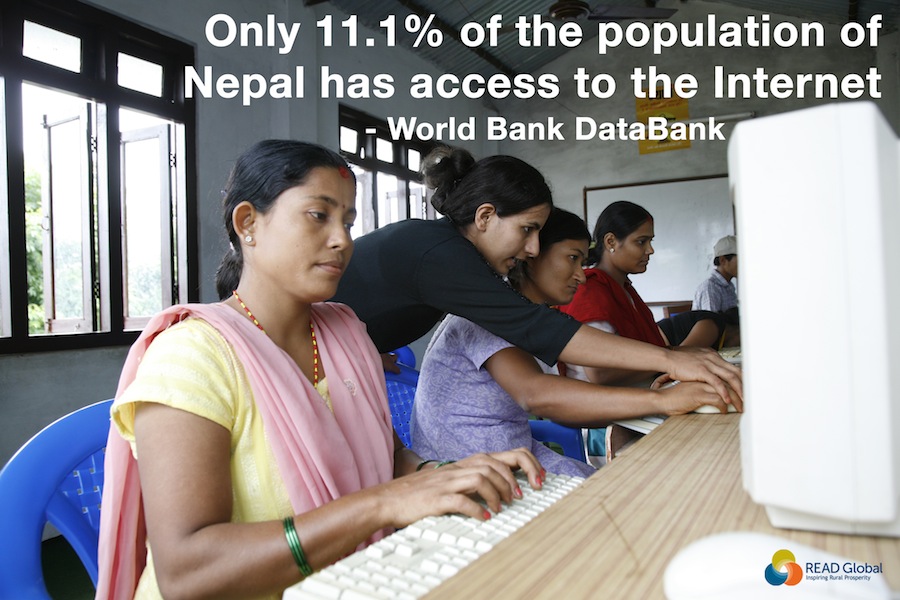
11 41 out of every 50 people in Nepal live in rural areas, with limited access to jobs, electricity, roads, Internet, and higher education. Compare this to the US, where only 15% of the population lives in rural areas and even these rural areas have access to technology and electricity.
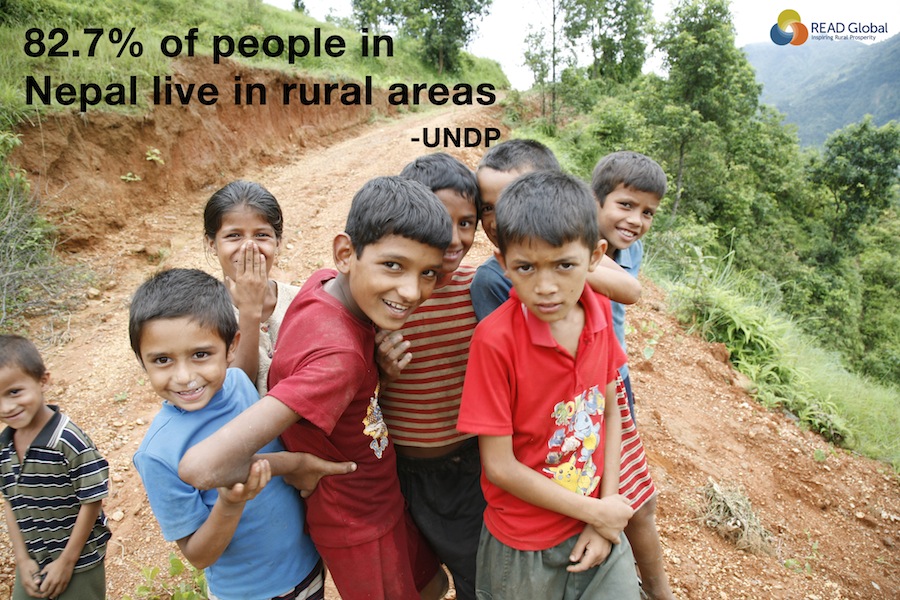

About the author:
Helen Greene, READ Global Communications Intern
Helen is a senior at Princeton University studying Comparative Literature. Home for the summer of 2014, she joined READ Global as a Communications Intern, writing blog and social media posts, among other things. She looks forward to a career in the non-profit field focusing on women’s empowerment, health, and education.

